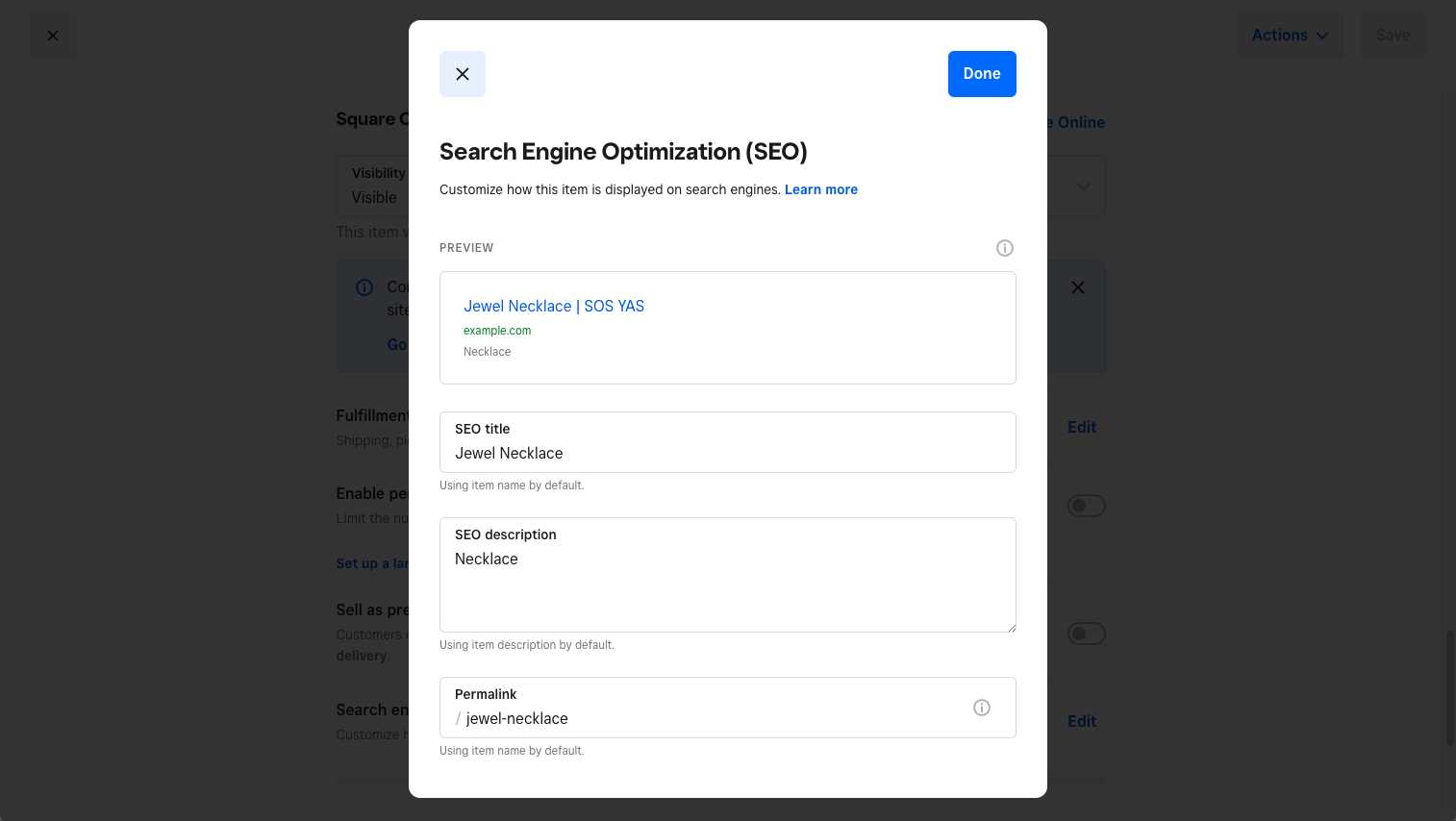Unveiling What Is Ruled Out a Default Medium in Google Analytics
Unveiling What Is Ruled Out a Default Medium in Google Analytics
Blog Article
Introducing the Unconventional Mediums in Google Analytics Beyond Default Settings
In the world of electronic analytics, Google Analytics stands as a keystone for organizations looking for to recognize their on the internet existence. By venturing beyond the surface and diving right into the ins and outs of social media data, e-mail project performance, reference website traffic resources, direct traffic patterns, and custom network collections, a prize trove of info waits for those ready to accept a more nuanced strategy.

Leveraging Social Media Site Insights
Periodically forgotten, yet exceptionally valuable, is the method of leveraging social media sites insights within the world of Google Analytics. By incorporating data from systems like Facebook, Twitter, Instagram, and LinkedIn right into Google Analytics, companies can obtain a deeper understanding of their target market and the performance of their social media projects.
Via this integration, marketing professionals can track and analyze customer behavior on their web site that stems from social media platforms. They can determine which social media sites networks are driving one of the most traffic, which content is resonating with the audience, and which campaigns are transforming one of the most leads. This insight permits data-driven decisions to enhance social networks techniques and enhance general advertising efficiency.
Moreover, by combining social media insights with Google Analytics, companies can produce a lot more targeted and customized projects - what is not considered a default medium in google analytics. They can utilize market info, passions, and on the internet habits collected from social networks to fine-tune their audience segmentation and deliver tailored messages that resonate with specific consumer teams. This targeted strategy can bring about greater involvement, boosted conversions, and eventually, enhanced roi
Uncovering Email Campaign Efficiency
Revealing Email Project Efficiency includes examining essential metrics and performance indicators to review the performance of e-mail advertising efforts. When diving right into email campaign efficiency, it is critical to analyze metrics such as open rates, click-through rates, conversion prices, and unsubscribe rates. Open prices suggest the percentage of receivers that opened up the e-mail, giving insight into the performance of subject lines and sender names. Click-through rates measure the percent of recipients who clicked links within the e-mail, showing engagement degrees. Conversion rates track the percent of recipients that completed a desired activity after clicking on a web link in the email, such as signing or making an acquisition up for a newsletter. Unsubscribe prices highlight the number of recipients who chose out of receiving additional e-mails, losing light on email material quality and importance. By examining these metrics, online marketers can adjust their email projects for better involvement and performance.
Analyzing Recommendation Website Traffic Resources
After reviewing the performance of email projects through essential metrics such as open rates and conversion prices, the following essential step is analyzing reference website traffic resources in Google Analytics to understand where site visitors are coming from and exactly how they communicate with the site. Recommendation web traffic resources refer to the websites that direct users to your site through clickable web links. By diving Extra resources right into this information, organizations can obtain understandings right into which outside systems are driving web traffic to their site, whether it be social networks platforms, partner websites, or online directory sites.
Analyzing reference website traffic can give important information on the effectiveness of external advertising and marketing initiatives and collaborations. It assists companies determine high-performing referral resources that add dramatically to web site traffic and conversions. By recognizing the habits of visitors coming from various recommendation sources, organizations can tailor their marketing approaches to maximize interaction and conversions. Google Analytics offers comprehensive records on recommendation traffic, enabling companies to track the efficiency of each recommendation resource precisely and make data-driven choices to enhance their on-line existence.
Discovering Straight Website Traffic Patterns
Exploring the direct traffic patterns in Google Analytics supplies beneficial understandings into user behavior and the efficiency of campaigns - what is not considered a default medium in google analytics. Straight web traffic refers to site visitors who land on an internet site by directly typing the URL into their browser, using bookmarks, or clicking on untagged links. Understanding straight website traffic patterns can assist marketers evaluate the impact of offline marketing efforts, brand name acknowledgment, and the performance of word-of-mouth references
By diving into direct website traffic data, companies can uncover essential info about user intent and brand name commitment. Examining the habits of direct visitors, such as the web pages they visit, the moment invested on site, and the conversion rate, can provide a much deeper understanding of individual interaction and the overall performance of the internet site in transforming visitors right into clients.
Furthermore, tracking direct traffic patterns in time allows organizations to determine trends, seasonality results, and the success of certain campaigns or promos in driving direct visits. This info can then be utilized to improve advertising strategies, maximize site content, and enhance the total individual experience to optimize conversions.
Utilizing Personalized Network Groupings
Utilizing custom-made channel collections click to investigate in Google Analytics allows services to categorize and examine their website traffic based upon particular standards, offering important understandings for optimizing advertising and marketing techniques. Personalized channel collections make it possible for companies to produce their very own customized collections of website traffic sources, such as social media, natural search, e-mail projects, and referral web traffic. By specifying these groupings, companies can obtain a deeper understanding of how different advertising and marketing networks add to their internet site traffic and conversions.
This function is specifically useful for companies with diverse advertising approaches throughout various platforms. A firm running both paid and natural social media projects can separate in between the two to examine their private efficiency precisely. In addition, personalized network groups can aid recognize any kind of forgotten or ignored web traffic sources that may be driving important engagement.
Conclusion

By venturing past the surface area and delving right into the intricacies of social media data, email project efficiency, recommendation website traffic sources, direct website traffic patterns, and custom channel groups, a treasure trove of info waits for those willing to accept an extra nuanced method. They can identify which social media channels are driving the most traffic, which material is reverberating with the audience, and which campaigns are converting the most leads.After examining the efficiency of email campaigns with crucial metrics such as open prices and conversion prices, the next important action is assessing recommendation website traffic sources in Google Analytics to understand where site site visitors are coming from and just how they connect with the website. Custom channel groupings allow business to produce their very own tailored groups of website traffic click now resources, such as social media, natural search, e-mail projects, and reference website traffic. By leveraging social media insights, uncovering email project efficiency, analyzing referral traffic sources, discovering straight website traffic patterns, and making use of custom network groups, marketers can gain valuable understandings right into their on-line existence.
Report this page